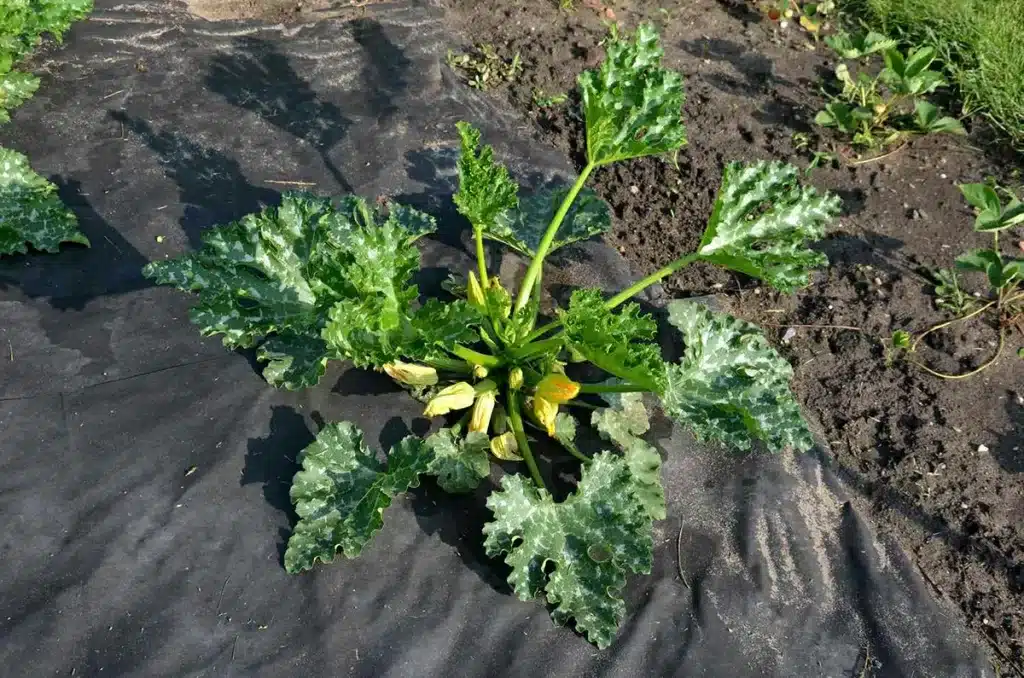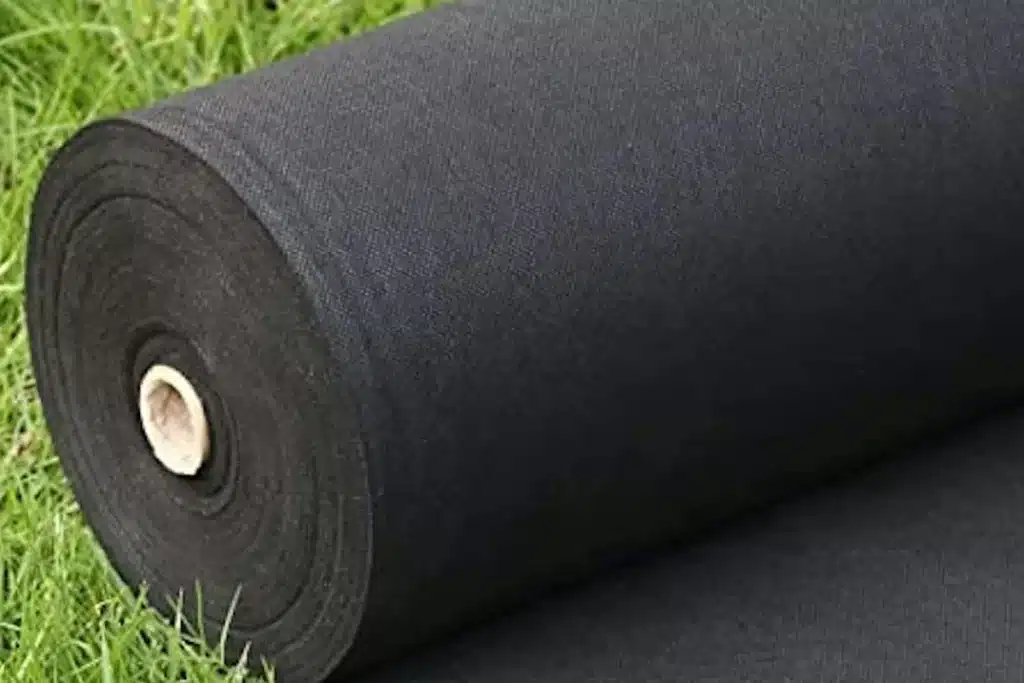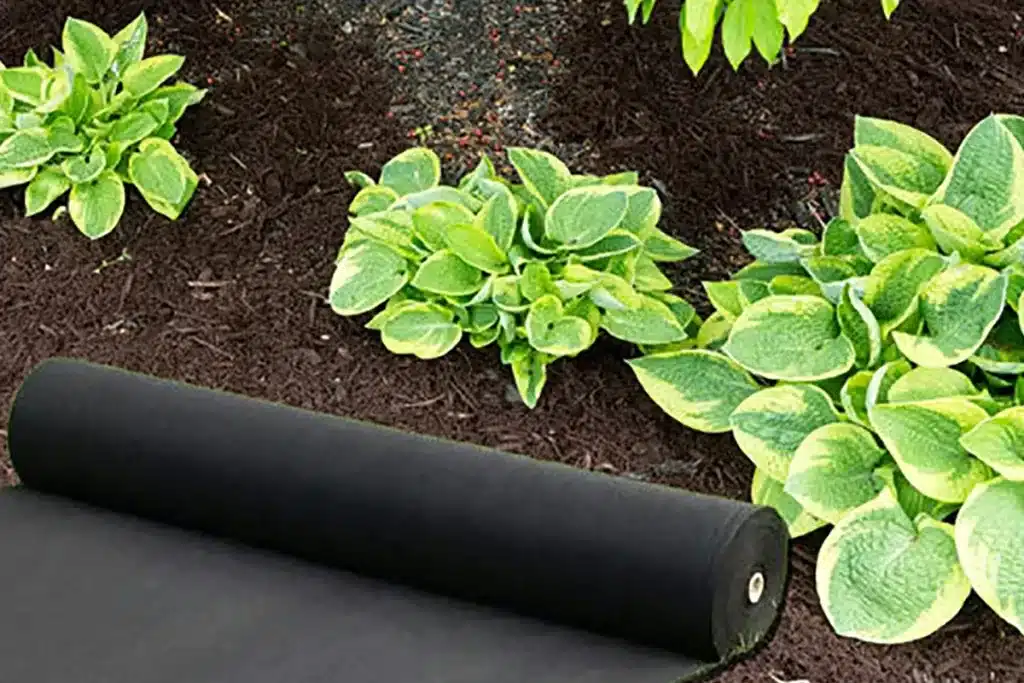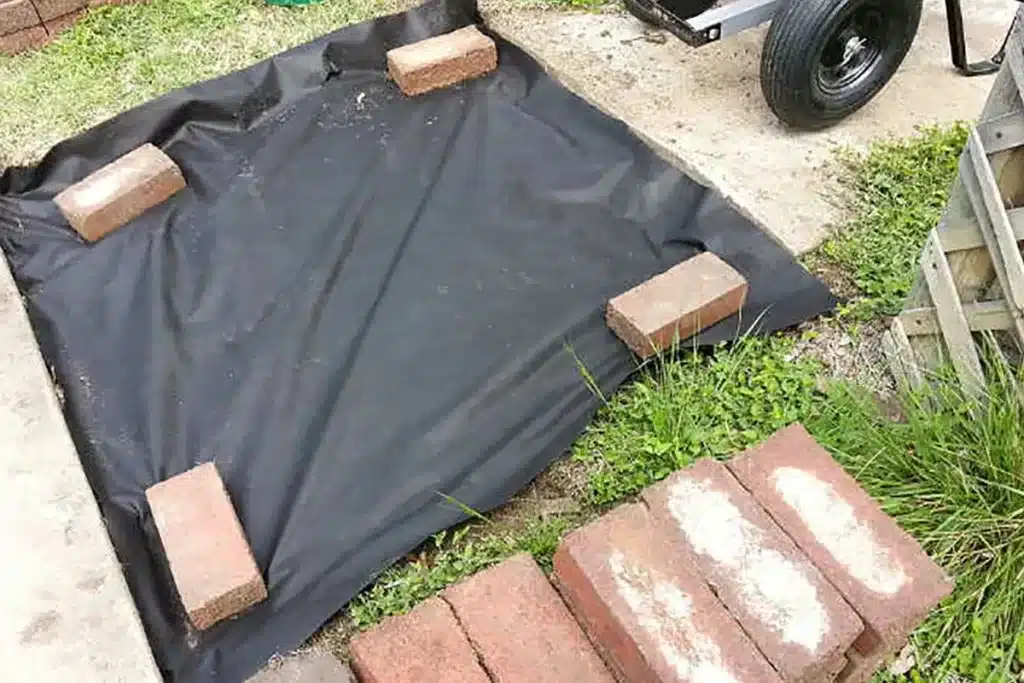+86-159 9860 6917
info@geofantex.com
geofantex@gmail.com
+86-400-8266163-44899
Landscaping fabric, also known as landscape fabric or weed barrier fabric, is a versatile material commonly used in gardening and landscaping projects. It serves various purposes, from weed control to soil erosion prevention. A common question that arises is whether landscaping fabric is waterproof. It lets through a little bit of water, but most water flows over the top of the fabric and leaves the ground dry. This article explores the properties of landscape fabric, its permeability, and its applications.
What Landscape Fabric Lets Water Through?
Most landscape fabrics are designed to be permeable, allowing water to pass through while preventing weed growth. This permeability is crucial for maintaining healthy soil and plant life. Woven, perforated, and thinner spun fabrics are designed to allow moisture through. Both woven and non-woven landscape fabrics permit water to seep through, although woven fabrics typically offer better water permeability due to their construction. This feature ensures that water can reach the roots of plants while still providing a barrier against weeds.

What Is the Difference Between Geo Fabric and Landscape Fabric?
Geotextile fabric (geo fabric) and landscape fabric are often confused, but they serve different purposes and have distinct characteristics. Geotextile fabric is more robust and used in heavy-duty applications such as road construction, retaining walls, and drainage systems. It offers superior strength and durability compared to landscape fabric. Landscape fabric, on the other hand, is lighter and primarily used for weed control in gardens and landscapes. Landscape fabric is primarily utilized as a physical barrier, whereas drain field fabric is used as a filter. While both fabrics allow water to pass through, geotextile fabric provides better separation and reinforcement capabilities, whereas landscape fabric is primarily used as a physical barrier against weeds.
Should I Put Landscape Fabric Under Gravel?
Yes, placing landscape fabric under gravel is a common practice. Doing so helps prevent weeds from growing through the gravel while allowing water to drain properly. Landscape fabric makes the most sense when you need to stabilize the ground that you’re placing the gravel on top of. The fabric acts as a barrier that keeps the gravel layer stable and reduces the need for frequent maintenance. It also helps separate the gravel from the soil, prevents the two from mixing, and ensures the longevity of your landscaping project.
Can Landscape Fabric Be Used for Drainage?
Landscape fabric can be used for drainage purposes, but its effectiveness depends on the specific type of fabric and the application. Permeable landscape fabrics allow water to pass through, making them suitable for areas where drainage is needed. Needle-punched and poly-spun varieties of non-woven geotextile fabric allow water to easily flow through and are both sturdy and versatile for landscaping drainage. When used in conjunction with other drainage materials, such as gravel or perforated pipes, landscape fabric can help manage water flow and prevent soil erosion. However, for more demanding drainage applications, geotextile fabric may be a better choice due to its superior strength and durability.
While landscaping fabric is not waterproof, its permeability is a valuable feature that allows water to pass through while providing effective weed control. Understanding the differences between landscape fabric and geotextile fabric can help you choose the right material for your specific needs. Whether used under gravel, in garden beds, or for drainage, landscape fabric offers versatile solutions for maintaining beautiful and functional landscapes.



Get Free Sample
We’ll respond as soon as possible(within 12 hours)






















